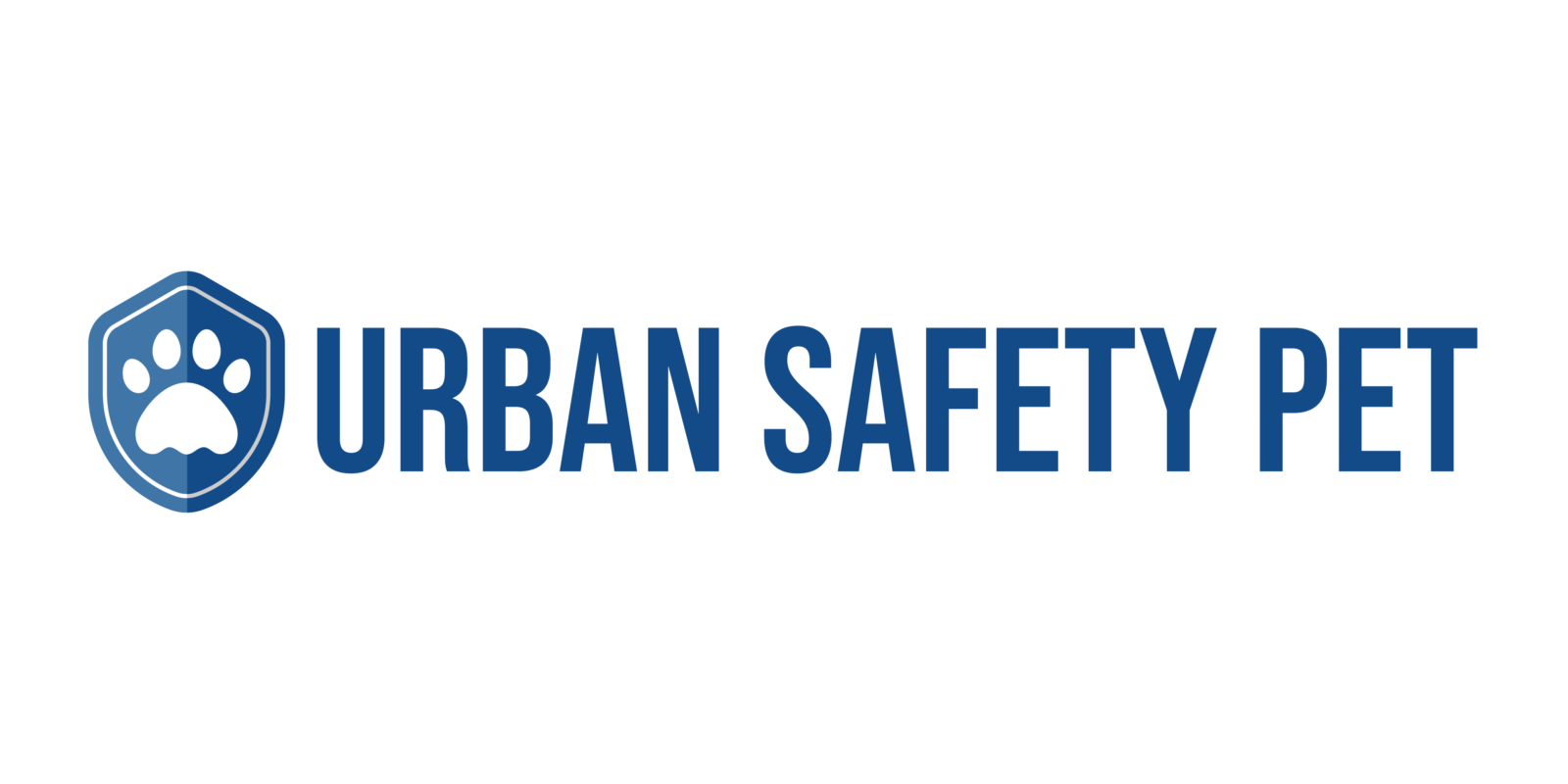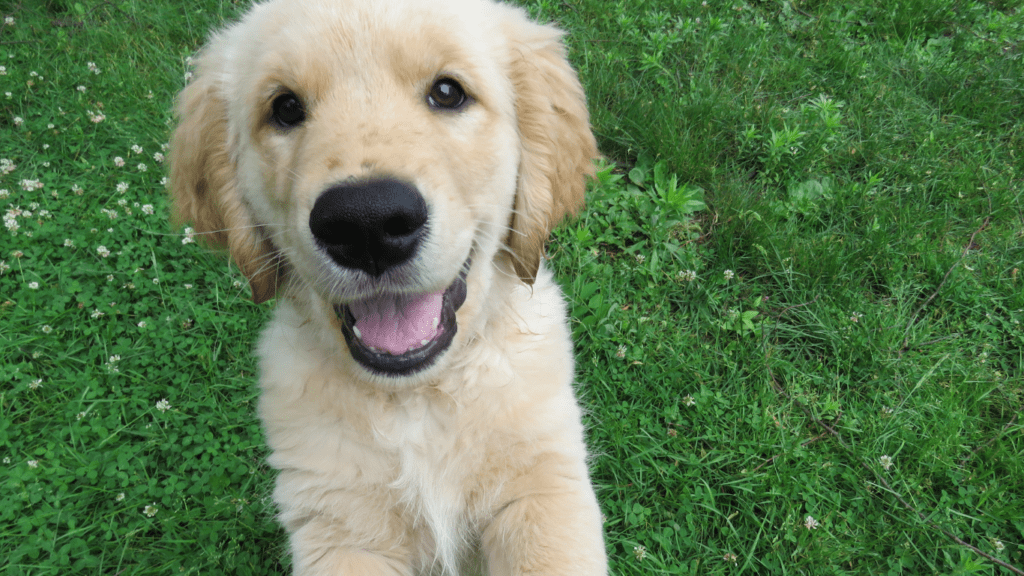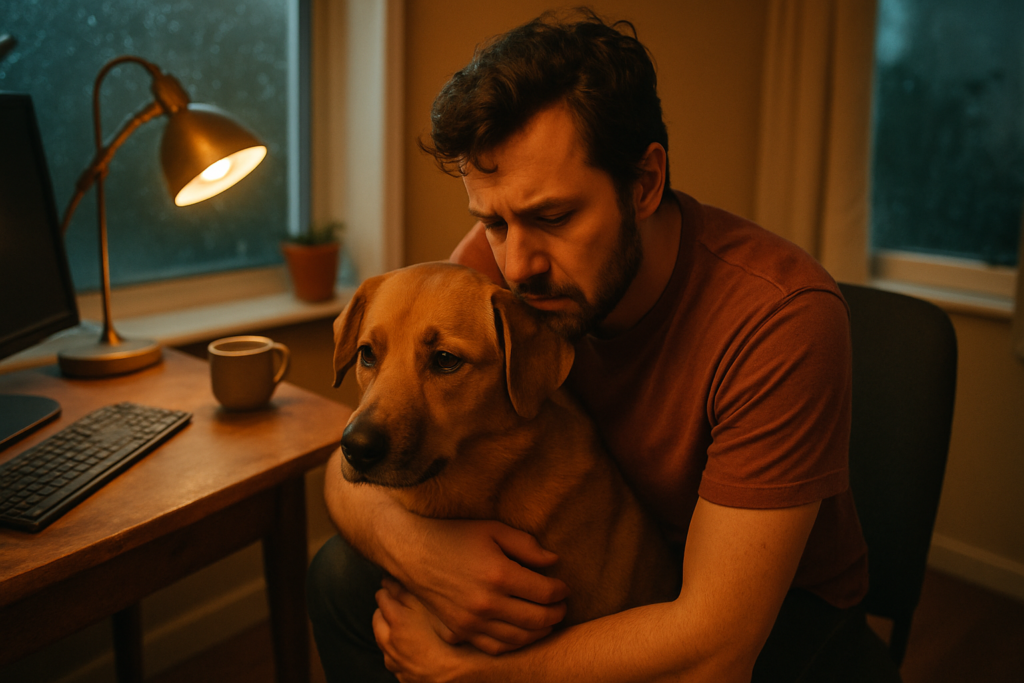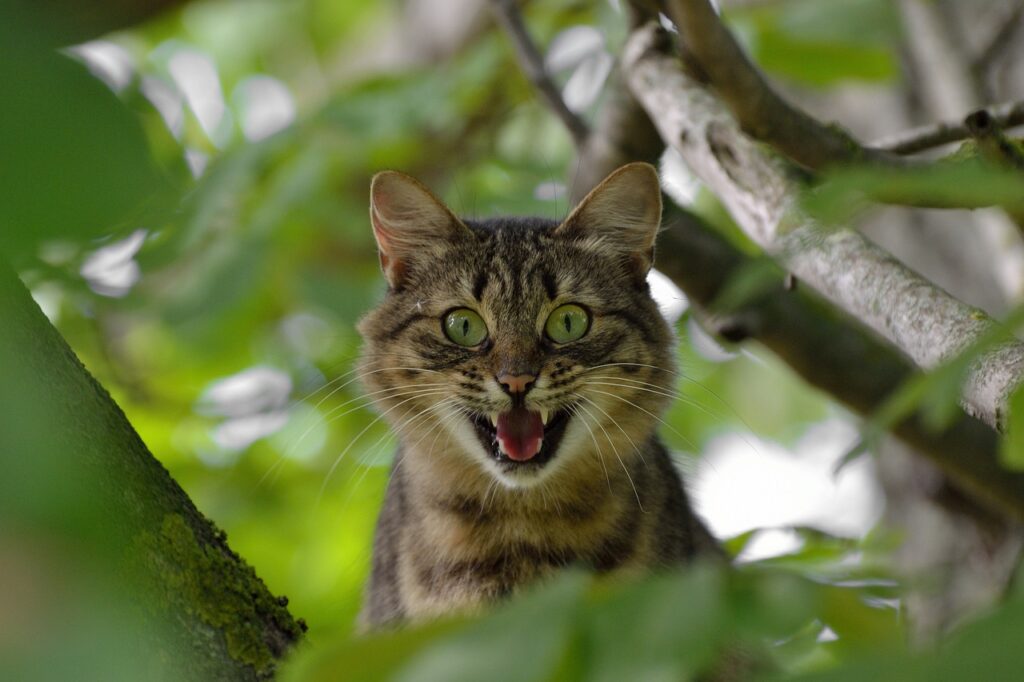Understanding Why Dogs Jump on Guests
Dogs often jump on guests out of excitement or the desire for attention. To effectively curb this behavior, it’s crucial to understand the underlying causes.
Common Reasons for Jumping
Many dogs jump on guests to greet them. In a dog’s world, face-to-face interactions are natural ways to communicate. They might also jump due to pent-up energy or insufficient exercise. Sometimes, they’ve been unintentionally rewarded for jumping through petting or attention.
Breed-Specific Behaviors
Breed tendencies can influence jumping behavior. For instance, Labradors and Golden Retrievers are known for their enthusiastic greetings. Working breeds like Border Collies might jump as an expression of energy. Small breeds, like Pomeranians, often jump to gain proximity to faces. It’s essential to consider breed-specific traits when addressing the issue.
By understanding these aspects, you can approach training with a tailored strategy that fits your dog’s needs.
Training Techniques to Curb Jumping
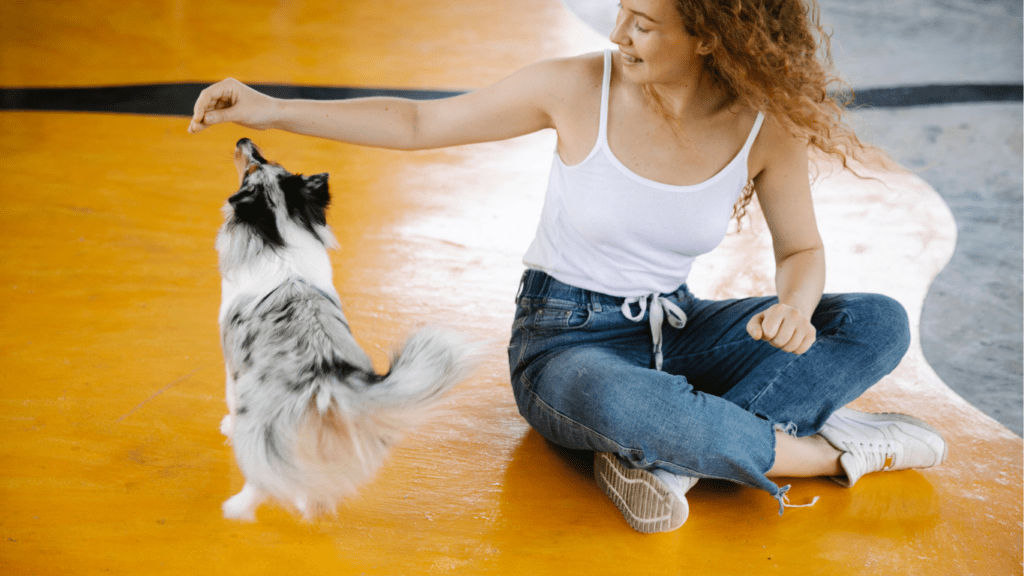
Effective training techniques can help stop your dog from jumping on guests. Here are three proven methods to address this behavior.
Positive Reinforcement
- Rewarding good behavior encourages your dog to keep it up.
- When your dog remains calm as guests arrive, immediately offer a treat or praise.
- Use high-value treats, like small pieces of chicken, to make the reward meaningful.
- Consistently rewarding calm behavior reinforces the idea that not jumping leads to positive outcomes.
- A command like “sit” before giving the reward ensures that the dog associates sitting with getting a treat.
Consistent Commands
Using clear commands helps your dog understand expectations. Always use the same word or phrase when you want your dog to stop jumping, such as “off” or “down.”
Consistency across all family members ensures that the dog gets a uniform message. For instance, if one person says “off” and another says “no jumping,” the dog may get confused. Reinforce this command by using it every time the behavior occurs, regardless of who the guest is.
Using Leashes and Barriers
Leashes and barriers control and manage your dog’s movement when guests arrive. Attach a leash to your dog before opening the door, keeping them close and preventing jumping.
Barriers like baby gates or closed doors limit the dog’s access to the entry area. For example, setting up a baby gate allows the dog to see and hear the guest without being able to jump on them. Consistent use of these tools helps your dog learn the boundary rules during greeting times.
Behavior Management Tools
Behavior management tools help dogs learn appropriate greeting behaviors, reducing the likelihood of jumping on guests.
Clicker Training
Clicker training offers an effective way to teach dogs polite greeting behaviors. This method uses a small handheld clicker device to mark desired behaviors with a clicking sound.
When the dog performs a desired action, such as sitting instead of jumping, I immediately click the device and reward the dog with a treat. This creates a strong association between the specific behavior and the reward. Consistency is key; by using the clicker whenever the dog greets guests appropriately, the dog learns what behaviors are expected.
Treat Dispensing Toys
Treat dispensing toys provide a distraction and reward for dogs, encouraging them to focus on the toy rather than jumping on guests. These toys release treats when the dog interacts with them, keeping the dog occupied. I find that giving the dog one of these toys just before guests arrive diverts their attention.
This method works especially well for dogs who are motivated by food. It also gives guests a chance to enter the home calmly and allows the dog to burn off some energy.
Setting Boundaries for Your Dog
Establishing boundaries helps manage your dog’s behavior around guests. These strategies create a comfortable environment for everyone.
Creating a Calm Greeting Area
Defining a calm greeting area sets the tone for your dog’s interactions with guests. Use gates or barriers to designate a specific space for your dog to stay when guests arrive.
Ensure the area contains your dog’s favorite toys and bedding, making it a familiar and pleasant space. Engage your dog with commands like “stay” or “wait” until your guests settle. This consistent routine helps reduce excitement and prevents your dog from jumping.
Educating Your Guests
Instruct guests on how to interact with your dog to reinforce training. Request that they ignore your dog until it calms down and keeps all four paws on the ground.
Share any commands you’re using, like “sit” or “off,” so everyone is consistent. Encourage guests to reward your dog with praise or treats for displaying calm behavior. This unified approach strengthens your training efforts and minimizes confusion for your dog.
Reinforcing Good Behavior
Encouraging your dog to maintain calm behavior when guests arrive strengthens positive patterns and reduces unwanted jumping. Here’s how to reinforce good conduct effectively.
Rewarding Calm Behavior
I use treats and praise to reward my dog when they remain calm around guests. When guests enter, if the dog stays seated or doesn’t jump, I immediately provide a treat.
Rewards must be immediate to create a clear association between the behavior and the reward. Using high-value treats, like chicken bits or special biscuits, increases motivation. Guests can also help by refraining from petting the dog if they jump and only interacting when the dog is calm.
Regular Practice and Patience
- Practicing these calm behaviors regularly reinforces good habits.
- Short, daily sessions help cement training. I invite friends or family over to simulate guest arrivals and practice commands.
- Consistent repetition is key, as dogs need time to learn and adapt to new behaviors.
- Patience is vital since some dogs may take longer to adjust than others.
- If setbacks occur, I remain calm and restart the training process without frustration, ensuring sessions are positive experiences for the dog.
